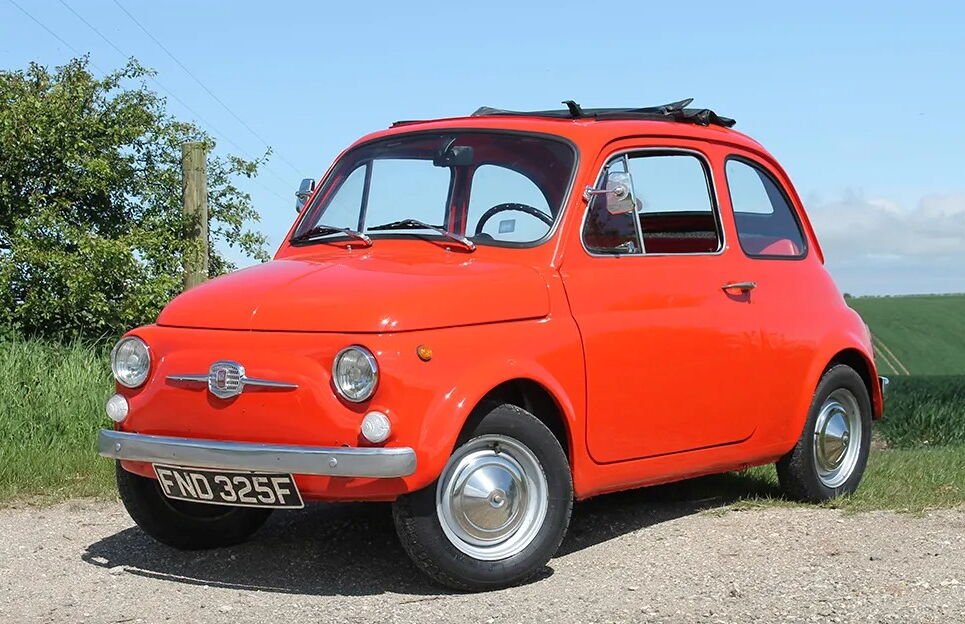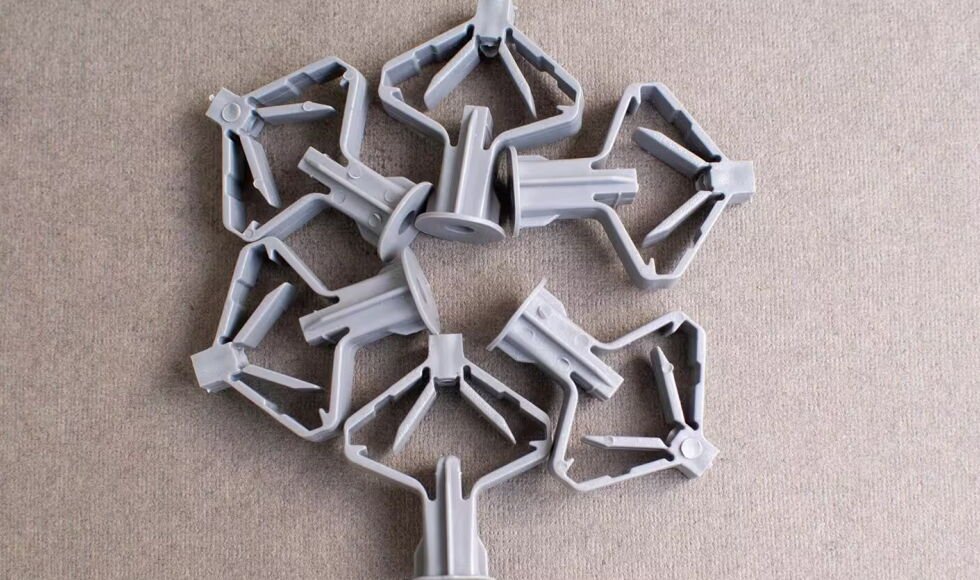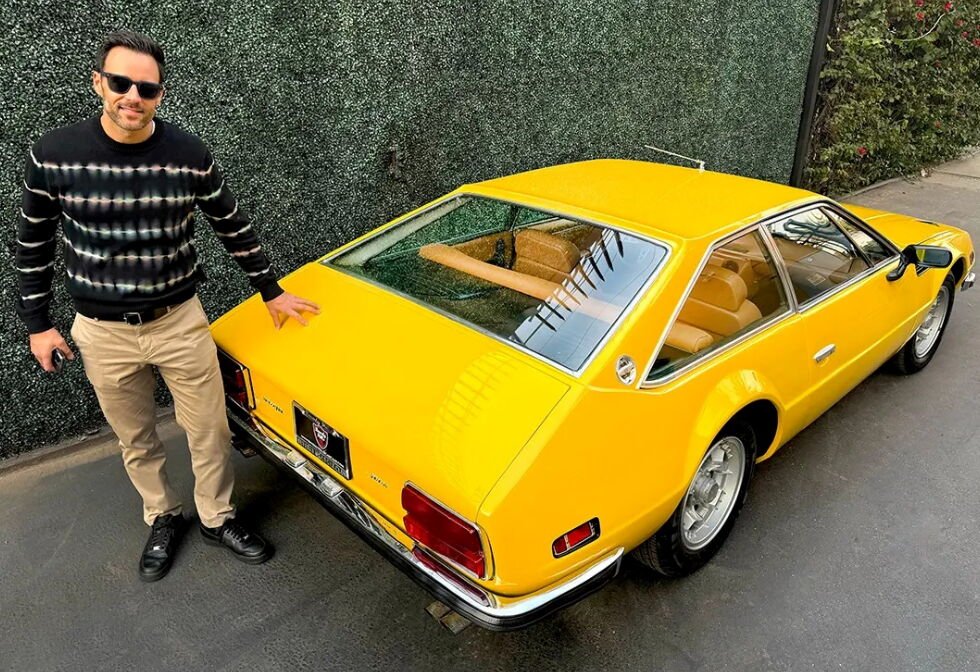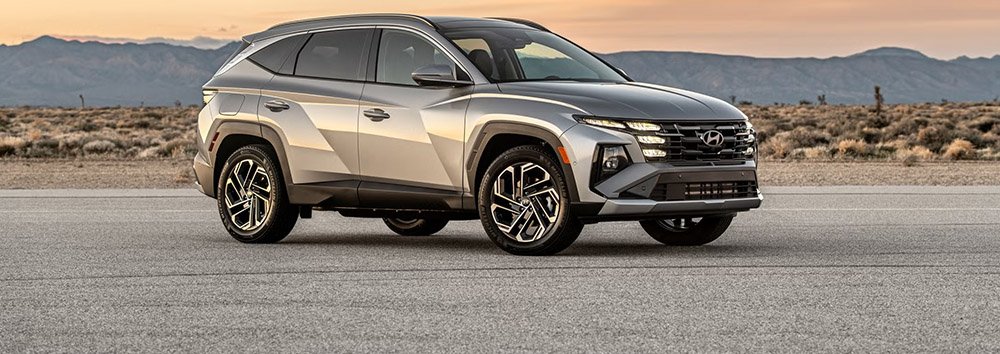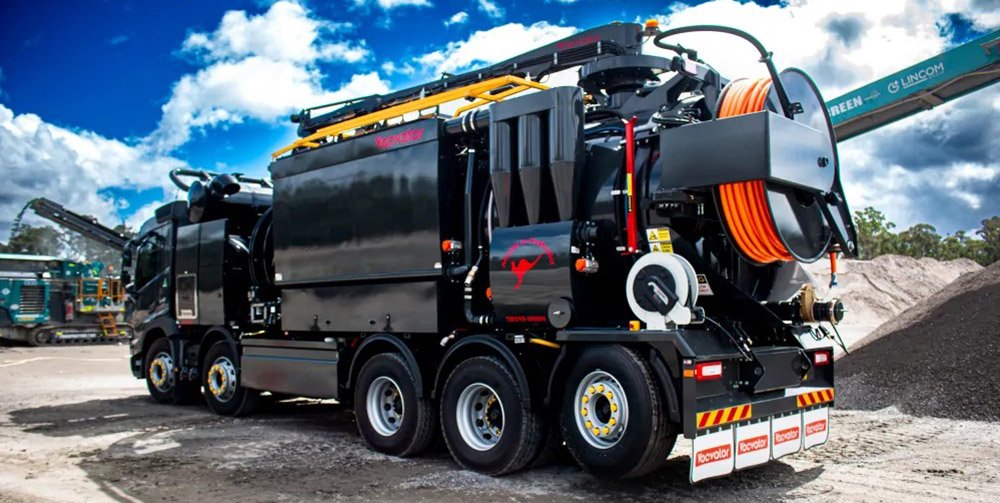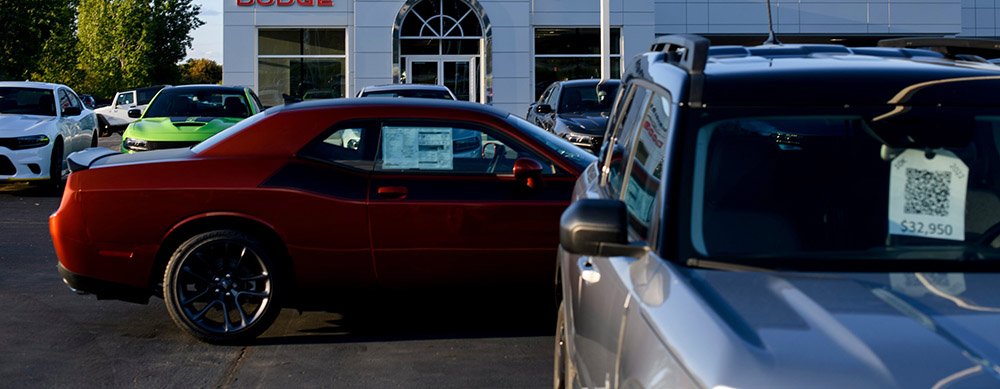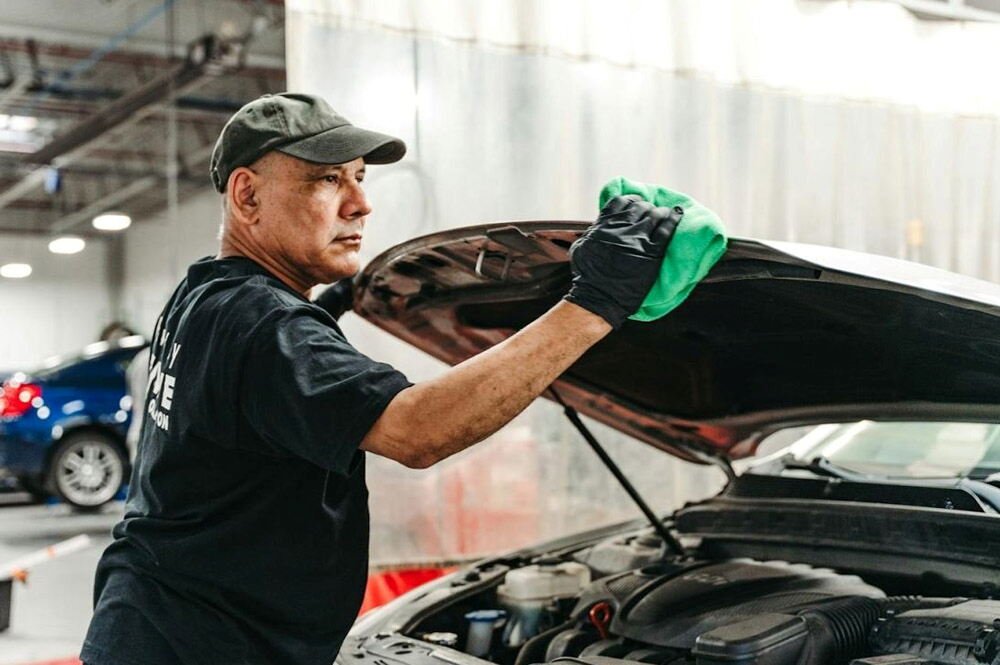Introduction to Classic Fiat Cars
Classic Fiat cars are treasures of automotive history, embodying the spirit of innovation and style that defined their era. To appreciate these vehicles fully, owners must understand the intricacies involved in their maintenance and repair. This guide explores the common repair needs of classic Fiat cars, helping enthusiasts keep their beloved vehicles in great condition while preserving their unique charm.
Understanding Electrical System Challenges
The electrical systems in classic Fiat cars often present challenges due to aging components. Common problems include faulty lights, erratic gauges, and ignition issues caused by corroded wiring or outdated parts. Upgrading to modern alternatives, like a new wiring harness, can improve reliability without sacrificing authenticity. It is crucial for owners to work with mechanics specializing in vintage vehicles to ensure that such upgrades respect the car’s heritage.
Addressing Engine Performance Concerns
Classic Fiat engines are designed for durability, but regular maintenance is key to optimal performance. Over time, components like carburetors, spark plugs, and timing belts may wear out, leading to reduced power or misfires. Implementing routine tune-ups and replacing worn parts with quality alternatives can revitalize these engines. Professionals with Fiat expertise can provide tailored solutions for more significant engine repairs, ensuring the vehicle remains responsive and reliable.
Combatting Rust and Bodywork Deterioration
Rust is a pervasive threat to classic cars, particularly Fiat models, which often feature body designs susceptible to corrosion. Areas such as the undercarriage and wheel arches require regular inspections. Owners should promptly address signs of rust by sanding down affected areas, applying rust inhibitors, and repainting. Preventive measures, such as thorough cleaning and protective coatings, can prolong the vehicle’s life and maintain its aesthetic appeal.
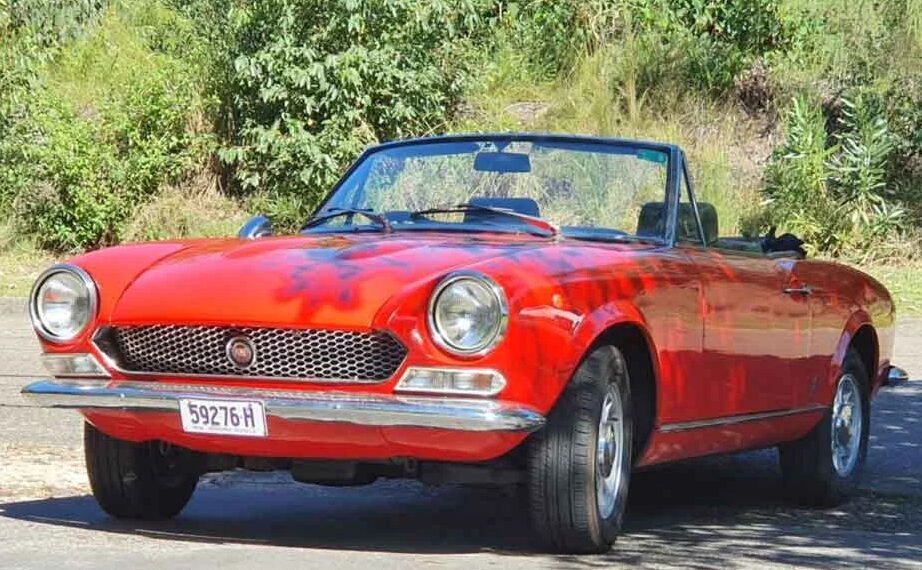
Maintaining Suspension and Steering Integrity
The suspension and steering systems of classic Fiat cars can experience wear and tear over time, impacting ride quality and handling. Problems often stem from worn-out bushings, ball joints, and shock absorbers. Regular inspections can help identify signs of wear early, and owners may choose to replace these components with modern equivalents to enhance performance. Balancing restoration and modernization ensures that the driving experience remains enjoyable while preserving the car’s authenticity.
Ensuring Brake System Safety
The braking system is crucial for ensuring the safety of any vehicle, especially vintage models. Classic Fiats may face issues like worn brake pads, corroded lines, or failing master cylinders. Upgrading to modern brake components can significantly improve safety while allowing for the restoration of original systems. Regular brake inspections and fluid changes are essential to maintaining optimal stopping power and ensuring a safe driving experience.
Navigating Cooling System Challenges
Classic Fiat vehicles often come equipped with outdated cooling systems that can struggle under modern driving conditions. Common issues include leaking radiators, clogged hoses, and malfunctioning water pumps. Upgrading to contemporary cooling technologies can enhance heat management and prevent overheating. Regular maintenance, including coolant flushes and temperature checks, is vital for those who enjoy long drives in their classic Fiats.
Balancing Authenticity with Modern Upgrades
For many classic Fiat owners, the goal is to preserve the vehicle’s authenticity while improving its reliability. This balancing act involves careful consideration when selecting replacement parts or making upgrades. Collaborating with seasoned specialists who understand both the technical and historical aspects of Fiat vehicles can ensure that modifications respect the car’s legacy while enhancing performance. This careful approach helps maintain the classic appeal without compromising functionality.
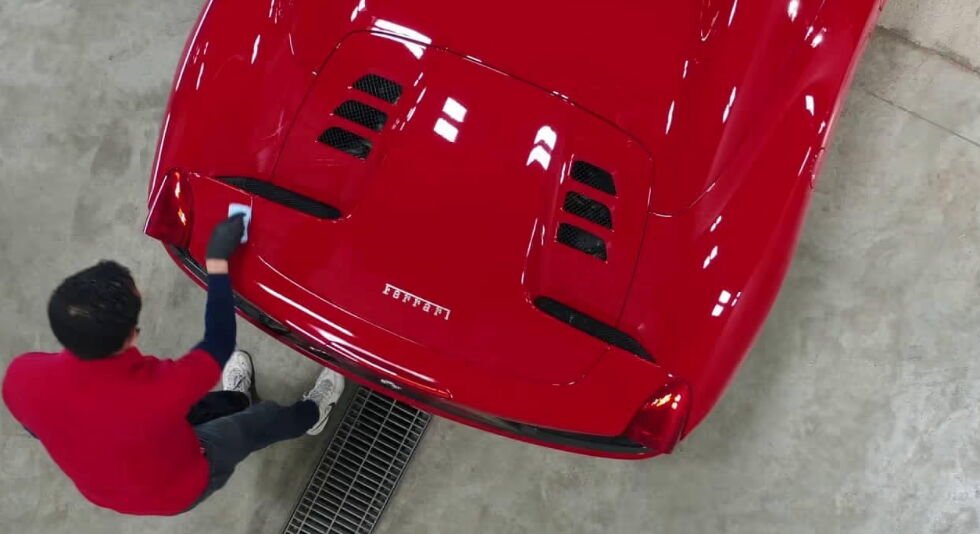
Conclusion: Cherishing the Legacy of Classic Fiats
Owning a classic Fiat is more than mere possession; it is about cherishing a piece of automotive history. Understanding common repair needs is essential for ensuring these vehicles remain operational and visually appealing for years to come. By addressing issues related to electrical systems, engine performance, rust, suspension, brakes, and cooling, owners can keep their cars in prime condition. Partnering with knowledgeable mechanics who appreciate the unique charm of classic Fiats allows enthusiasts to enjoy their passion while preserving the timeless appeal of these iconic cars.
FAQ
What are the signs of electrical system issues in classic Fiat cars?
Common signs include flickering lights, unresponsive gauges, and difficulty starting the engine. These issues often stem from aging wiring or corroded connections.
How often should I perform maintenance on my classic Fiat’s engine?
Routine maintenance should be conducted every 3,000 to 5,000 miles, or as recommended in the vehicle’s manual, to ensure optimal performance and longevity.
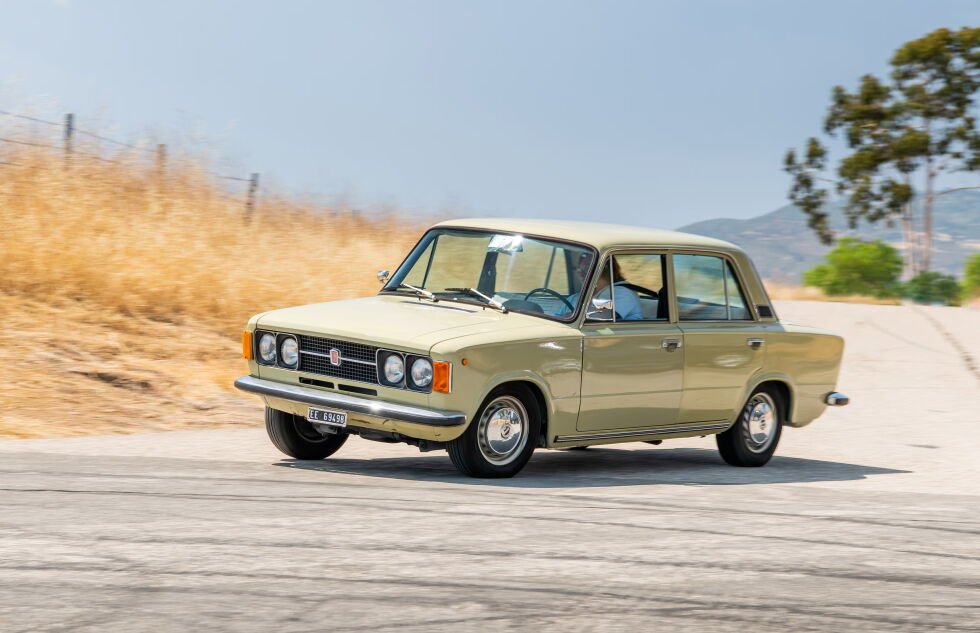
What are the best methods to prevent rust on a classic Fiat?
Regularly wash the undercarriage, apply rust inhibitors, and ensure that any paint chips are promptly repaired to prevent moisture intrusion.
Is it better to upgrade the suspension of a classic Fiat or restore the original parts?
It depends on personal preference. Upgrading can enhance performance and comfort, while restoration maintains authenticity. Consider consulting a mechanic with Fiat experience.
How do I know when to replace brake components on my classic Fiat?
Regular inspections will help identify worn brake pads or corroded lines. If you notice reduced braking efficiency or hear unusual noises, it’s time for a check-up.
What should I do if my classic Fiat is overheating?
Check the coolant level and look for leaks in the radiator or hoses. If the issue persists, consult a mechanic to evaluate the cooling system thoroughly.
Can I modernize my classic Fiat without losing its value?
Yes, as long as upgrades are done thoughtfully and respect the car’s heritage. Working with knowledgeable specialists can help achieve this balance.


